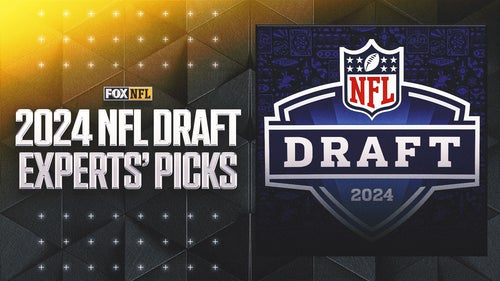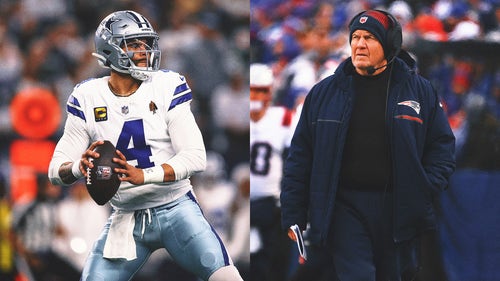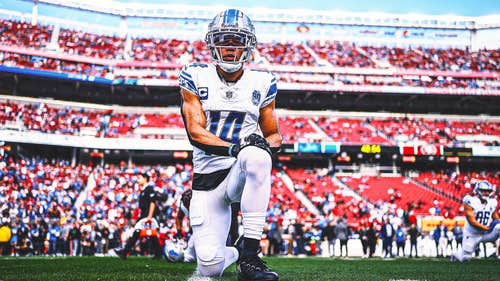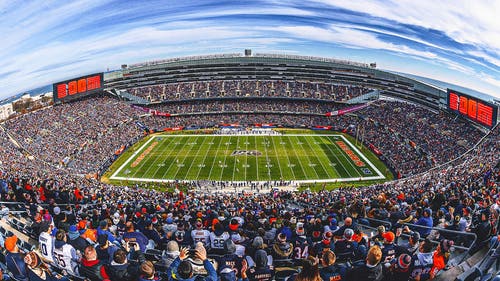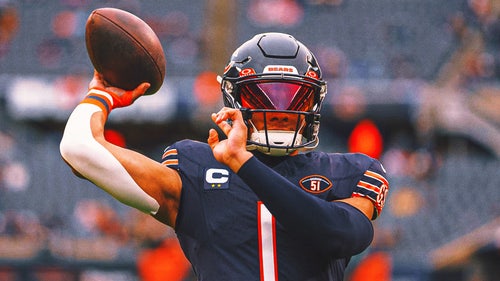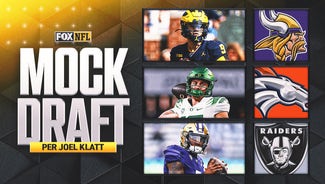
Brees spreads the wealth among wideouts
Sean Payton should’ve known better than to engage Drew Brees in a passing contest.
Early this season, the New Orleans Saints coach challenged his quarterback to a throwing competition with dinner at stake. Brees won, but then agreed to go double-or-nothing — provided he could invite some of his offensive teammates if Payton lost.
As the old Saints rallying cry goes, Cha-ching! Brees nailed his final target — a goal-post upright — to earn bragging rights and full stomachs for him and his teammates.
“For his peers to find out I won a passing contest against Drew Brees, that would have been significant,” said a laughing Payton, who was a small-college quarterback at Eastern Illinois. “I wouldn’t have been very quiet about that. Maybe it was best that he won.”
Brees’ accuracy helped New Orleans keep winning en route to Sunday’s Super Bowl XLIV matchup against Indianapolis. Brees set the NFL’s single-season completion mark at 70.6 percent. And while he did spend one September afternoon messing around with Payton, Brees’ precision stems largely from extensive post-practice work with his wide receivers.
Sessions don’t end when the final horn sounds. Wideout Devery Henderson said Brees usually stays for at least 30 minutes afterward to hone throws “that we didn’t get to work on in practice.” According to an NFL pool report, Brees and Co. spent 10 extra minutes on the field Wednesday at the University of Miami.
“Drew will make us run the route and put the ball in a certain place, or maybe he just didn’t get the ball to a certain receiver on a route we ran in practice,” Henderson said. “It makes you work on your concentration because we’re already tired and ready to go in. He does a good job of putting the football where we either make a play or it’s incomplete.”
Brees’ specialty is the back-shoulder throw. He excels at lofting the football to the outside shoulder of the receiver where a defensive back has no chance to snare it.
“It’s a simple philosophy: Throw it to our guy away from their guy,” Brees said. “Just because your (own) guy is running right next to one of their guys doesn’t mean there isn’t a place you can throw that ball where only your guy can get it.”
Countless hours of repetitions have strengthened the Saints offense. Brees’ comfort with his receivers and running the offense out of multiple sets helped create one of the league’s most diverse attacks. Seven different Saints finished with at least 35 catches during the regular season. Each of the seven led the team in catches for at least one of Brees’ 17 starts (including the playoffs).
Not even the Peyton Manning-led Colts — which employ a similar offensive philosophy — showed as much diversity in 2009.
“It’s pretty incredible,” said Saints tight end Jeremy Shockey, who finished with 48 catches for 569 yards and three touchdowns during the regular season. “Drew does a great job of finding the people who are open (when) you think they’ve gotten something covered. If you try to take away one player, the other guy steps up. There have been some great opportunities.”
Brees hit nine different targets in two games this season and eight in seven others, including the NFC Championship game victory over Minnesota. The only time Brees connected with less than a half-dozen receivers came in a Week 3 rout of Buffalo. He didn’t have to throw much — as the Saints rushed for 222 yards.
“It’s fun because you don’t really know whose day it’s going to be,” Saints wide receiver Lance Moore said. “Anyone can have a big day. That’s the thing that makes this offense roll.”
So does the diversity of Brees’ weapons. Shockey is adept at long seam routes. Backup tight end Dave Thomas (35 catches) is a nice short-yardage option when not blocking. Running back Reggie Bush (47) is one of the league’s most dangerous targets coming out of the backfield. Marques Colston, who had a team-high 70 receptions, is the key possession receiver. With a team-high 16.0-yard average and six touchdowns on just 45 catches, Robert Meachem has bloomed into the Saints’ most dangerous downfield threat. That was a role previously held by Henderson, who became a much improved all-around receiver in his sixth NFL season.
Not every Saints receiver has proved an immediate success like Colston, a 2006 seventh-round draft choice who had a 70-catch rookie season. Despite his standing as a 2007 first-round draft choice, Meachem was inactive his entire rookie year and had only 12 receptions last season. Henderson had never finished with more than 32 catches until 2009, when he had 51.
“You can’t be a guy who goes in there and plays the same (receiving) position every single time,” said Moore, who spent part of his first two seasons on New Orleans’ practice squad. “You’ve got to know three or four so the coaches can throw you in whenever. That’s something that helps this offense out. If someone goes down or gets a little tired, we can just throw somebody else in.”
Moore is a perfect example of that. He enjoyed a breakthrough campaign in 2008 with 79 catches for 798 yards and 10 touchdowns. Moore, though, was limited to seven games and 14 grabs this season because of ankle and hamstring injuries.
The Saints still kept marching to South Florida.
“There are teams we’ve played that have been similar in changing personnel groups and formations,” Colts defensive coordinator Larry Coyer said. “It is problematic because they do it so quickly, and they do it every play in different situations. You’re going to have to weather a storm early in this game because the truth is you really don’t know what formation or personnel group they are coming from.”
There also is something beyond talent and Payton’s offensive creativity that make the Saints so successful. Players are willing to keep their egos in check, which is necessary in a passing system with such varied distribution. Unlike in Indianapolis with Manning and his two favorite targets (wide receiver Reggie Wayne and tight end Dallas Clark), Brees wasn’t joined by a single Saints skill-position player on this year’s Pro Bowl team.
No biggie. The only bowl these Saints care about is the Super Bowl.
“That’s what we play for,” Moore said. “You don’t think at the beginning of the season, ‘I want to be the leading receiver in the NFL.’ Those are obviously things people want to do, but we’re more into team success.
“As long as we’re winning, I think everybody is going to be happy.”






































































































































